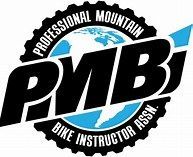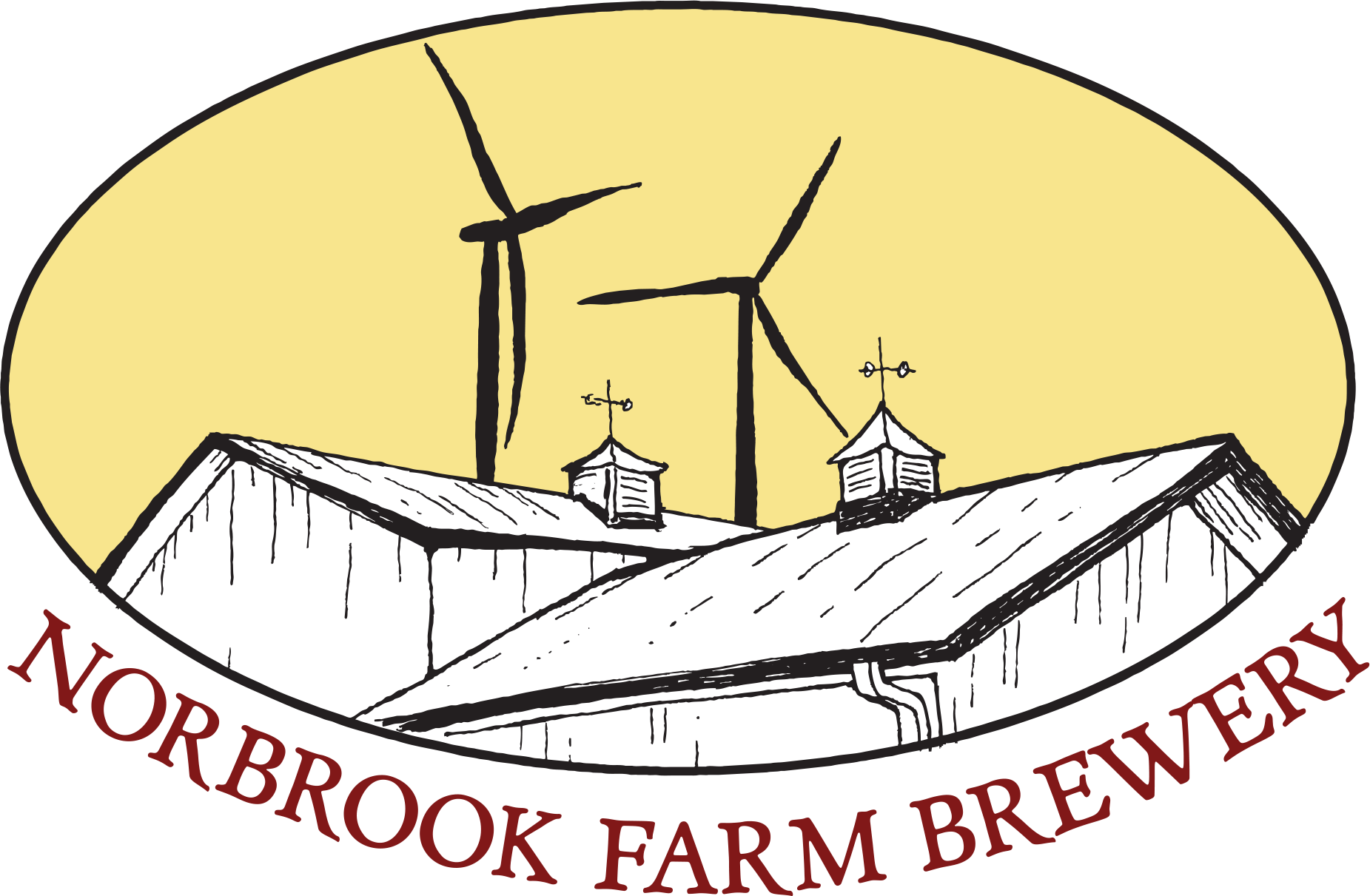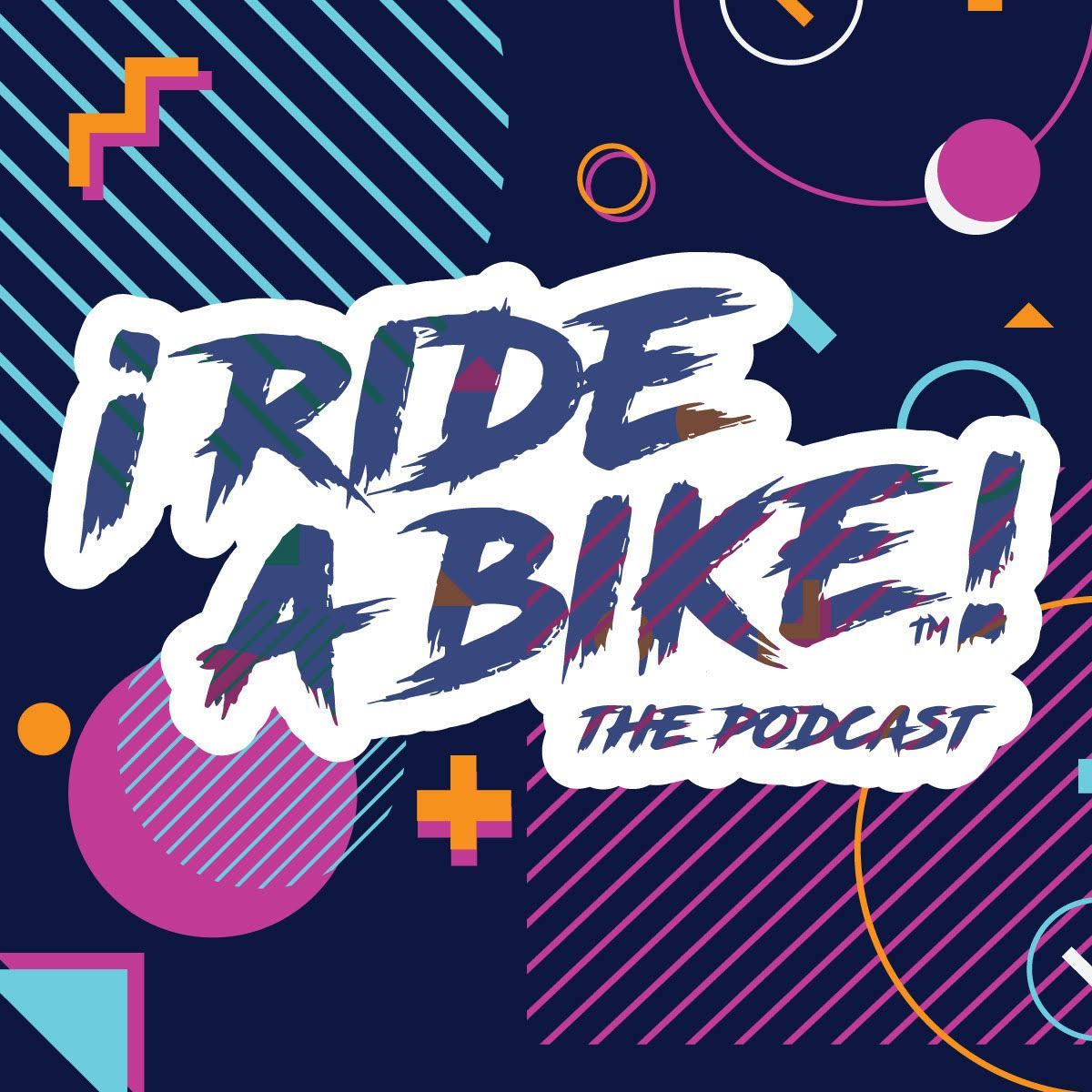Beginners Guide To Buying a Bike
Guide to Buying Your First Bike:
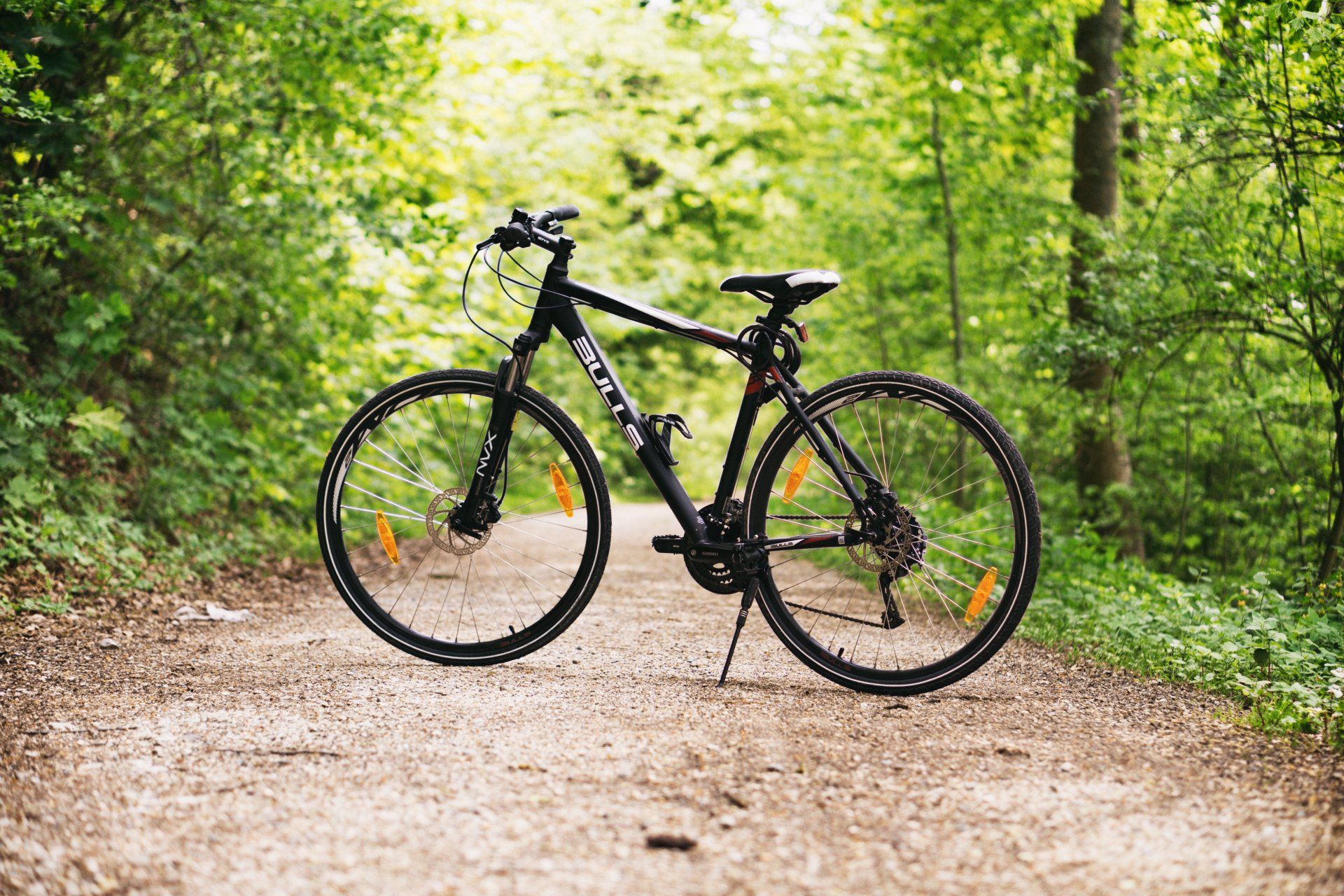
The first step in purchasing a bicycle is to decide where you will ride it. Bikes currently come in such a wide range of styles that they can be employed in a multitude of genres. It's crucial to know whether you'll be riding exclusively on asphalt, straying off the main road, or trying to test your boundaries on a bike.
After you've selected where you want to ride, consider what you'll be doing with the bike. A carbon road bike will speed down the road and on sealed paths, but the lightweight components and frame are not designed for daily commuting. You may believe that a full suspension MTB is required for off-road riding, but a gravel bike or hybrid may be more appropriate.
When deciding where and how you will ride your bike, it is critical to be honest with yourself, since any exaggeration may result in you purchasing the incorrect bike. You should think about the terrain you'll be riding on, if you'll be carrying anything, and how far you'll be riding.
Anyone planning to commute should consider what they will take, what they will dress, and how difficult the trip will be. If you're hauling work clothes, a computer, and books, for example, you'll want to get them off your back and onto your bike. Getting a bike with rack mounts for carrying panniers is essential. If you're wearing your uniform, you'll want a bike with mudguards to keep your clothes clean. You don't want a flat bar road bike if you're commuting on bumpy roads and possibly unsealed paths; instead, you want a bike that you can ride comfortably and safely.
Flat Bar Road
Flat bar road bikes are similar to road bikes in that they are lightweight, fast, and agile. These bikes are frequently designed with speed and efficiency in mind rather than comfort and longevity. These bikes are ideal for riders who want to spice up their ride.
The bars are the most significant distinction between flat bar and conventional road bikes. These bikes' flat bars are simpler, offer traditional cockpit controls, and enable a more upright riding stance. Ideal for calm roads and people who want to cover a lot of ground quickly.
A typical urban or commuter bike is heavier, rides more leisurely, and has thicker tires for added comfort. Flat bar road bikes have smaller tires and stiffer frames, so riders will receive greater road feedback. Consider a commuter bike if you want greater comfort; a performance road bike if you want more speed and agility.
Hybrid
A hybrid bike is a cross between a commuter, gravel, and mountain bike. They combine the advantages of all three methods in one blender. A hybrid bike's three key characteristics are comfort, efficiency, and durability. Semi-slick tires will be used on hybrids to provide grip on a loose surface while maintaining speed on a smooth surface. The bike's front end is tall, and ergonomic grips are commonly used to improve your riding position while offering comfort via your hands. For the invisible pothole you will eventually strike, the 60-80mm of travel provides some stress absorption. Finally, an MTB style frame is sturdy and has many bike rack and barrier mounting options. While the hybrid looks like a mountain bike, it's just meant for light off-road use and shouldn't be taken down any route that gets too difficult. They are more efficient than an MTB but less efficient than a commuter or flat bar. They're ideal for folks who ride a variety of terrain and use their bikes for everyday tasks.
Comfort
As they travel down the coast or through the parks, many riders are content to sit up and rest. Comfort bikes are built on the same principles that have made bicycles so popular in Holland. They have a comfortable seating position, an upright riding position, and ergonomic controls. These bikes may not allow you to ride at high speeds, but they will allow you to appreciate the surroundings and experience more deeply.
Road
The road bike market has evolved beyond thin wheels and oddly shaped bars on a simple frame. Lightweight road bikes, aero speed machines, all-road bikes, cyclocross bikes, gravel bikes, and adventure/touring cycles are all available.
Once you've decided on the terrain and how you'll use your bike, choosing the right road bike becomes lot easier. When it comes to usage cases, there is some overlap with urban bikes. As a result, each bike style has two or more options.
If you're only racing or pursuing personal bests on closed roads, an aero or lightweight road bike will be ideal. The lightweight road bikes are ideal for tackling steep hills, speed climbing, and providing a more pleasant ride. Because of the thicker tubing, aerodynamically optimized road bikes are a little heavier, but they are smooth in the air. They make you feel like you're cheating on flat ground and at high speeds.
All Road
An all-road bike will suit you better if you only want to ride on the road, travel further than you have before, or simply enjoy a trip along the shore. The stability and comfort are far better than the "racing" bikes above, despite being only slightly heavier.
Fatter tyres, a broader gear range, and a more upright riding stance make the bikes more comfortable. Road bikes, on the other hand, are built to be entertaining and agile. They really combine everything together to deliver the finest overall package for riders who want to do a little bit of everything. A gravel bike can be right for you if you want something a little more comfy and powerful.
Gravel
Gravel bikes are the next step up from road cycles, designed to take you off the beaten route and into the heart of nature. This sort of bike is incredibly adaptable, with larger tyres up to 45mm wide, wider handlebars, stability-optimized geometry, and several comfort amenities.
While most gravel bikes come with semi-slick tyres (knobs on the outside edges), you can switch to entirely slick for the road or fully knobbly for loose terrain. They're perfect for commuting or lengthy trips because of the comfortable riding position and relaxed shape. A gravel bike's geometry, on the other hand, will never make it seem as agile as a performance road bike.
You can ride difficult roads in comfort with high volume knobbly tyres. They are designed for mountain bike tracks, yet they keep their speed incredibly well on wilderness trails or routes that would ruin traditional road bikes. Gravel bikes are ideal for exploring regions that are off the main path and may become raucous. A touring bike may be more suitable if you want even more comfort and dependability.
Adventure/Touring
Because they are intended for multi-day journeys, touring bikes are largely focused on comfort and reliability. Tall front ends place you upright so you can comfortably pedal all day. They're designed tough to avoid mechanical breakdowns in the middle of nowhere, leaving you stranded on the side of the road.
To accommodate bags and many bottles, the frames are larger and more open. Steel is favored because it may give strength and comfort while using tiny tubing. The drawback to this style and dependability is its weight. Adventure or touring bikes are generally hefty, thus they have easier gearing to compensate. These motorcycles are meant to be ridden slowly, not at top speed all of the time. A mountain bike may be more suited for your riding if you're pushing the limits of gravel or adventure bikes.
Mountain Bikes & the Different Types
A mountain bike may be more suitable when the terrain becomes rocky, rooty, and loose. Mountain bikes provide a more comfortable pedaling position and plenty of traction thanks to the suspension. Mountain bikes are divided into two categories: dual suspension and hardtail. Hardtails are more efficient and lighter than their dual-suspension counterparts. When the going gets rough, dual suspension bikes provide extra comfort and traction.
Hardtail
Although hardtails are mountain bikes, they are a popular commuting alternative due to their comfort and durability. The big brothers of urban bikes are 29-inch hardtails. 2.25-inch tyres with 100mm of travel and a calm, stable profile. While they are more durable and comfy, the added rolling resistance and weight can make them slower. Looking for something a little lighter with the same benefits? Take a look at the hybrid bikes.
A hardtail is more efficient off-road than a Dual Suspension bike, but it requires more ability. The bike does not forgive many faults because the rear wheel is fixed and does not move. They are efficient and enjoyable to ride off-road when utilized properly. Hardtails are ideal for xc racing, large off-road adventures, and comfortable city riding.
When you're on a budget, heaving hardtails can help you get more bang for your buck. They are designed for stability at high speeds, with slacker head angles and a longer wheelbase. When you have a limited budget, you can profit from superior components on a hardtail rather than settling for lesser spec on a cheap dual-suspension.
Dual Suspension
Dual suspension bikes are built for the most difficult terrain and riders that desire to exceed their limits. The front and rear wheels rise and fall between 100 and 200mm. This type of travel can provide a lot of traction, extra comfort, and more opportunities for mistakes.
More travel does not always imply a better ride; Bicycles Online frequently advises getting the least amount of travel possible for your riding. A 160mm enduro bike is designed to ride quickly downhill and winch back up; it is not designed to race several laps at top speed for several hours. A 100mm xc bike can be raced down a hill as quickly as possible, but it requires skill and finesse.
The added weight and suspension frequently steal pedal power from the rider and direct it to the wheels. Off-road, the larger 2.3-2.6 inch wide tires provide a lot of traction, but they also contribute a lot of drag on the road. These aren't the bikes for you if you commute or want to ride on the street.
Mountain bikes, like road cycles, come in a variety of styles that are ideal for various sorts of riding. Xc bikes are efficient and quick on the flat and up hills. All-mountain and trail bikes are mountain bikes' Swiss army knives, ready for anything but great for nothing. Enduro bikes are built to pull themselves upwards and then blast back down at breakneck speed. Ideal for people who wish to test their limits while descending a hill. Few individuals use a dual suspension MTB unless they are riding on tough terrain that requires traction. Check out our hardtails if you need some extra traction but don't require a full suspension bike, and our urban hybrids if you want a comfortable commuter.
Ebike
For good reason, e-bikes are currently the fastest-growing segment of the bicycle industry. Riders may travel further, faster, and with less effort, enhancing the enjoyment of regular riding tenfold. With the expanding E-Bike scene, bikes are becoming more sophisticated, and bicycles are becoming more tailored to each individual rider. This blog will walk you through the many types of bikes and how they might help you.
To some, riding bikes uphill to return down is a huge chore. On certain larger travel cycles, slowly grinding up hills can be tedious and unpleasant. It is unavoidable. On the ups, E-Motorcycles turn big-hitting bikes into nimble mountain goats. Because you're hitting curves, roots, and rocks considerably faster, climbing now requires skill and concentration. While it may appear to be lazy, this new method of climbing necessitates more physical effort from your entire body and presents a new challenge. It's totally good for folks who like to cruise up and enjoy the downs.
E-bikes are a gift from above for individuals with limited time to ride their bikes. An hour of power used to imply a short 10-15km circle in the morning before or after work, if time allowed. With an E-Bike, you can now cover 15-20 kilometers in the same amount of time. It's ideal for individuals with limited time who want to fit their typical ride plus more within the hour they have available.
Hopefully, you've narrowed down which bike will provide the most benefit to your riding experience. Over the following few months, we'll be creating more detailed guides. When you've decided which bike is right for you, go to those pages for more information, and don't forget to sign up for our newsletter so you don't miss out on anything.
